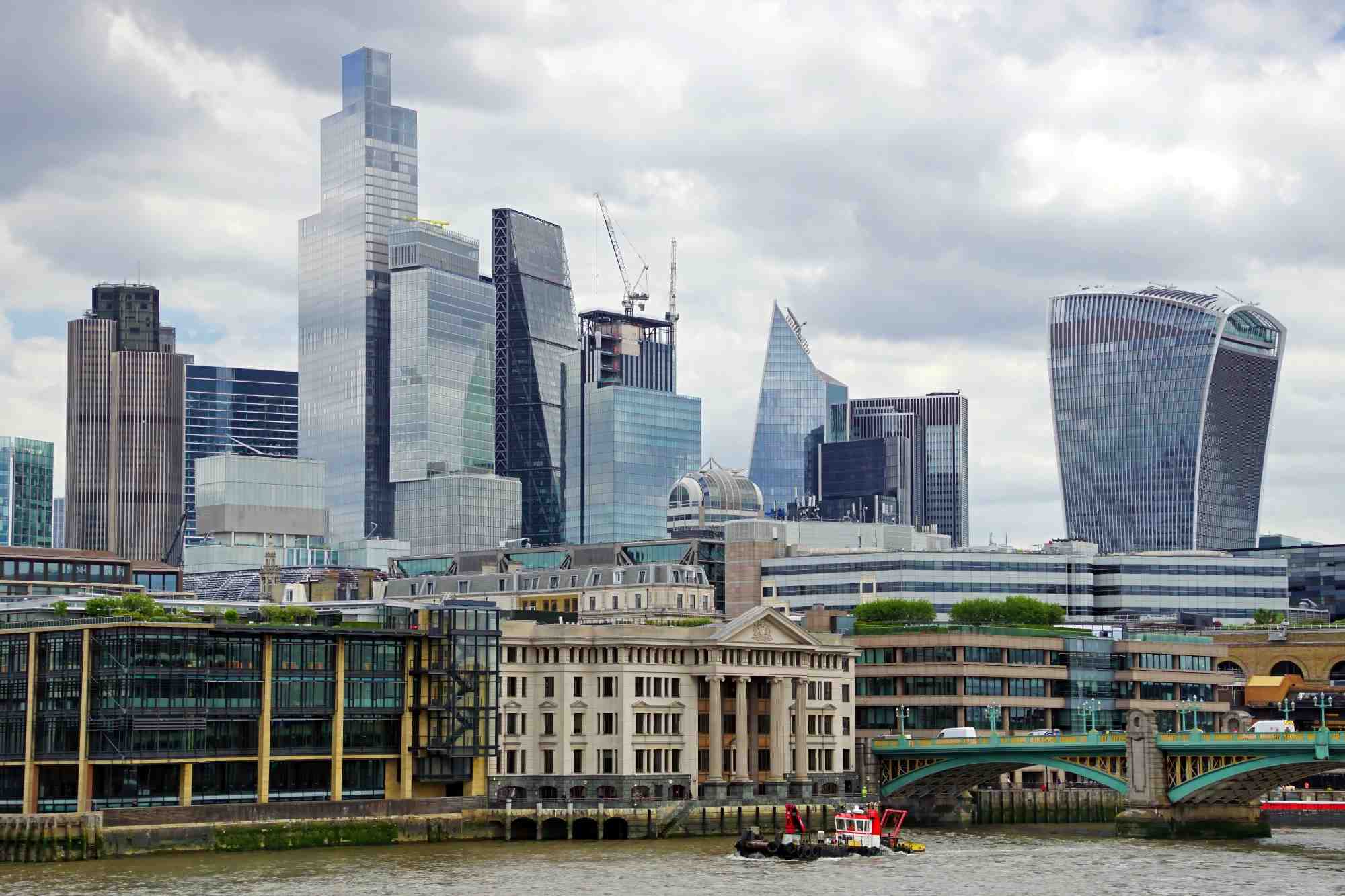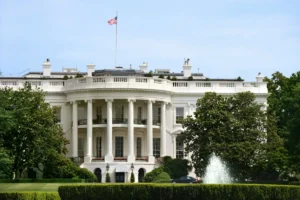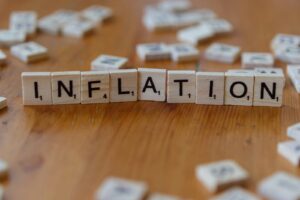Yesterday’s July inflation data marked two years since the UK’s cost-of-living crisis took off. In August 2021 the annual rate of CPI inflation jumped from 2% to 3.2% – the first meaningful upward departure from the Bank of England’s target in over a decade, and the start of the rapid ascent to a peak of 11.1% in October 2022. AJ Bell head of investment analysis, Laith Khalaf, says:
“The last two years have been a miserable time for consumers, who sprung out of lockdown only to find themselves in the frying pan of an inflationary crisis. The Bank of England actually started raising interest rates before the US Fed and the ECB, though of course questions remain around whether the problem has been exacerbated or indeed caused by the ultra-loose monetary policy we saw in the preceding decade.
“Inflation has caused a spike in interest rates, as the Bank of England has tried to temper rising prices by bumping up the cost of money. Ironically, higher interest rates are now providing another leg to the cost-of-living crisis as consumers struggle to pay their mortgages as well as their energy and food costs. There are signs that inflation is finally falling, and that we may be getting to the end of the rate hiking cycle. However, there is unfortunately still pain for households in the road ahead, as homeowners roll off cheap borrowing deals and find themselves in the deep end of the current mortgage market.”

Source: AJ Bell/ONS/Bank of England
The future for base rate
“The Bank of England’s own numbers show that more interest rate hikes will make almost no difference to inflation in the medium term. But they will of course inflict more pain on consumers and businesses, and in particular mortgage holders. Sometimes doing nothing is the hardest approach, but there is increasing evidence that’s the path the Bank should now be following.
“Based on their own projections, inflation will fall to 1.5% in three years’ time if the Bank hikes rates to 6% and then trims them back to 4.5%. At the same time its forecasts say CPI will fall to 1.4% if interest rates just stay where they are. This supports a pause in rate hikes, especially because the cost-of-living crisis engulfing consumers is currently being exacerbated by high interest rates. The full effect of monetary policy takes around 18 to 24 months to ripple out into the economy, so a hiatus in rate activity would also give the bank more time to assess the impact of its past actions.
“On the plus side for Rishi Sunak, the Bank thinks CPI will fall to 5% by the end of the year, which means he’s on target to meet his promise to halve inflation. Of course, price rises of 5% for consumers are still deeply uncomfortable, especially on the back of increases around the double-digit mark last year.
“Little wonder that pressure on household finances is finding its way into wage demands, with annual pay growth reaching a record 7.8% in the quarter to June. While that bumper pay-packet growth may be welcome for households, it could also stoke a second round of inflation fears after the energy and food price spike already witnessed.”
The effect on businesses
“Higher interest rates also pile additional pressure on businesses who will now find the cost of servicing their debt that much higher. Again, the pain will be spread out as businesses refinance their existing debt at much higher rates. What’s more, higher rates inhibit new business formation because the costs of borrowing money to set them up have ballooned and will put many off taking this first important step.”
Mortgage holders
“While the Bank may deem higher interest rates necessary to tame rampant inflation, the harsh irony is this heaps even more pressure on household budgets in the short term. Certainly, there appears little respite in view for those taking out a mortgage, and millions of people rolling off cheap fixed rate deals in the coming year will be in for a nasty shock.
“It’s worth nothing interest rates themselves don’t have to rise – simply the expectations of higher rates for longer can push fixed rate deals up. The latest unexpectedly strong wage growth data will continue to put pressure on the mortgage market as a result.”

Source: AJ Bell/Bank of England














